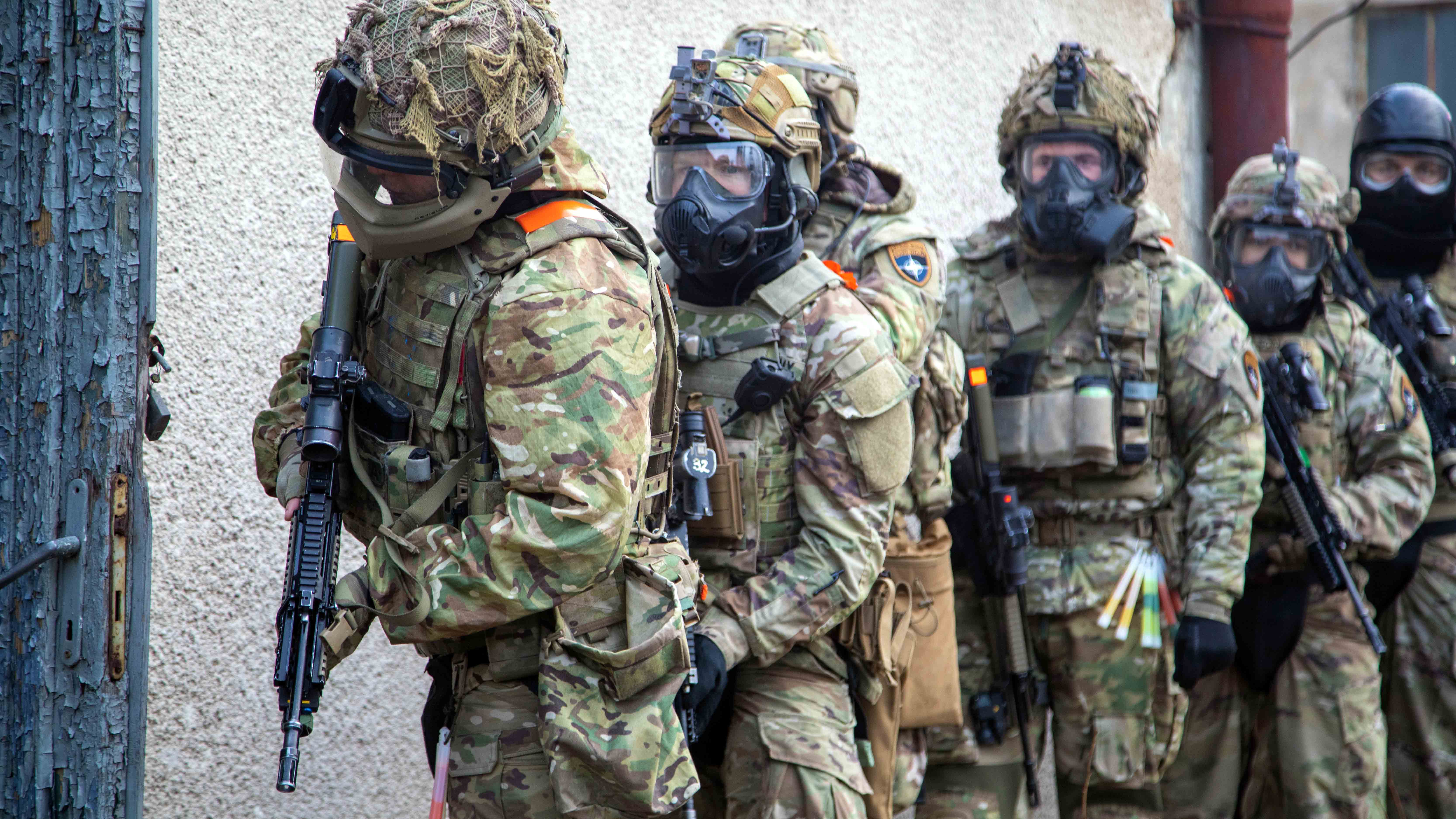Army Reorganizes Force for Future Fight
Army Reorganizes Force for Future Fight

The Army is moving forward with a significant force reorganization to shrink “hollow” formations and make room for the capabilities it needs to fight technologically advanced adversaries, senior leaders said.
The moves include reducing the force by about 24,000 authorizations as the Army contends with a continuing recruiting crisis and moves away from two decades of counterinsurgency operations to prepare for large-scale combat operations.
In a paper published Feb. 27 on the Army website that explains the changes, the force structure transformation will enable the Army to bring in new capabilities required under the National Defense Strategy. It also will help narrow the gap between a force structure designed for 494,000 soldiers and the current active duty troop strength, which is set by law at 445,000.
By fiscal 2029, authorized troop levels will be brought down to approximately 470,000 soldiers, which is about 20,000 more than the current end strength but a reduction of about 24,000 authorizations compared to the currently planned force structure, the paper says.
“We are transforming our weapons systems through our modernization programs, and what we’ve done through the force structure changes is make room for some new formations” such as the multidomain task forces and directed energy capabilities, for which more than 7,500 new spaces are needed, Army Secretary Christine Wormuth told defense reporters Feb. 27 at a meeting hosted by George Washington University’s Project for Media and National Security.
Wormuth added that the analysis took place over the past year as the recruiting challenge decreased the service’s end strength, making it impossible to fill existing units and organizations. She and Army Chief of Staff Gen. Randy George “did not want to have a lot of hollow structure hanging around. That’s essentially unready structure,” Wormuth said.
As a result, “we needed to basically reduce 32,000 spaces to both shrink over-structure and make room for that 7,500 of new structure,” she said. The Army emphasized that the planned reductions are to spaces in the formation, not individual soldiers. “The Army is not asking current soldiers to leave,” the paper says.
To phase out 32,000 authorizations, the Army examined each MOS, skill set and functional area for efficiencies among units such as counterinsurgency-based engineer assets whose soldiers could be reallocated to divisions for use in large-scale combat operations.
Special operations jobs will be reduced in areas such as print media and some psychological operations capabilities “that are sort of no longer needed,” Wormuth said. “Those are the kinds of things that we look to get rid of.”
The Army also will inactivate cavalry squadrons in the U.S.-based Stryker and infantry brigade combat teams, convert infantry brigade combat team weapons companies to platoons and eliminate some positions in the Regular Army security force assistance brigades.
As part of the Army’s “transforming in contact” concept, George said at the Feb. 27 meeting that the Army has “put out left and right limits to our troops that are in the field that are going to fight in these formations.”
“We are going to make adjustments based on that that are going to feed how we're going to do things Armywide,” he said. “We are viewing every bit of our force structure, and we have to do that to make sure that we don't have any kind of redundancy, that we are having the right skills at every level.”
The Army’s transformation will take time, but it is critical for the future. “The transformation of Army force structure and recruiting will not happen overnight, but changes in both areas are underway,” the paper says. “In the years ahead, the Army will continuously transform and improve in order to become more ready, agile and lethal while fulfilling our critical responsibilities to our nation.”
Read the Army paper here.

